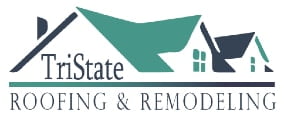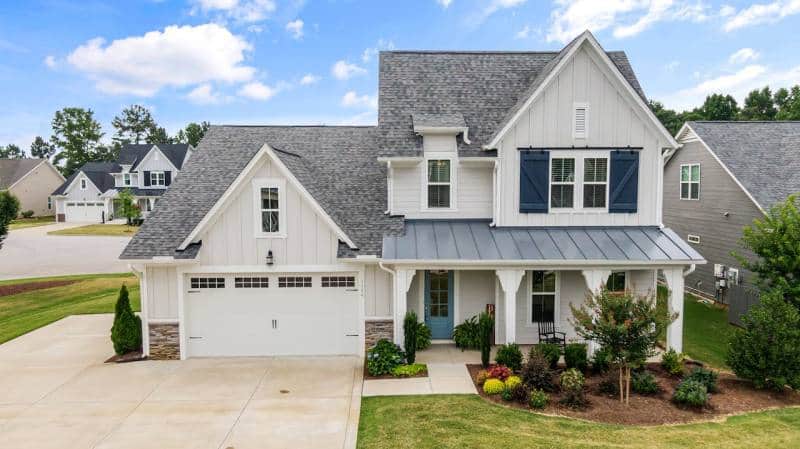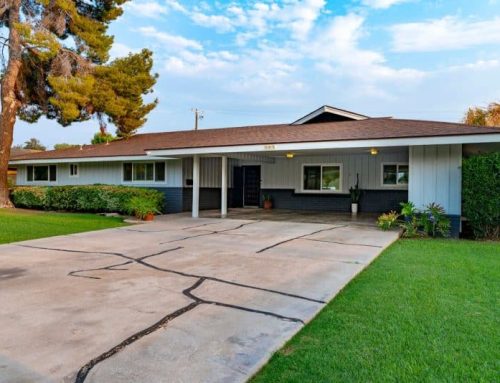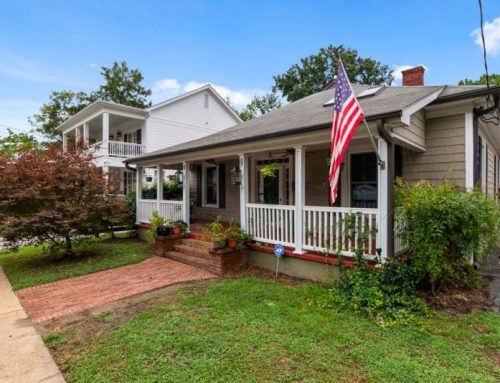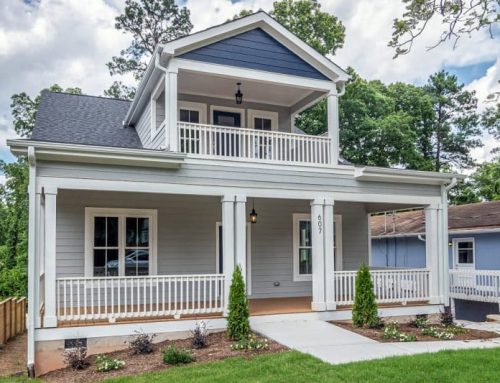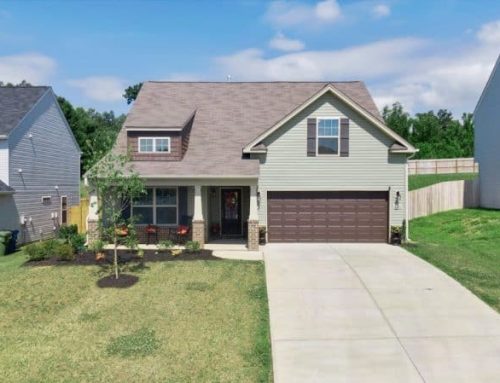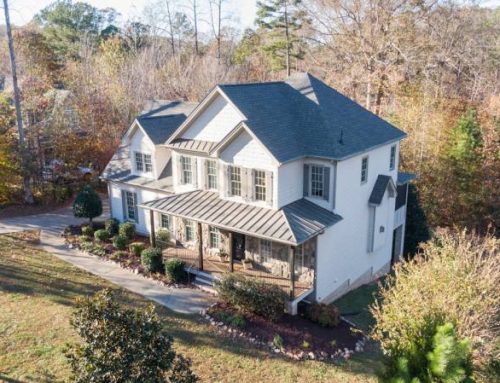A roof is one of the most critical components of your home, protecting everything beneath it from the elements. Yet, when it comes time for a replacement, many homeowners find themselves in the dark about what influences the final bill. From materials to labor, and everything in between, the factors affecting roof replacement costs can be perplexing and daunting.
Understanding these influences is key to making informed decisions and ultimately saving money. While some factors are straightforward, others can catch you by surprise and dramatically affect your budget. If you’re planning a roofing project, it’s essential to be aware of the elements that can impact cost.
1. Roofing Materials
The choice of roofing materials is one of the most significant factors affecting replacement costs. Options range from asphalt shingles and metal roofs to tile and slate, each with its own price point.
- Asphalt Shingles: Typically the most economical choice, asphalt shingles can range from $90 to $100 per square (100 square feet).
- Metal Roofing: More durable and energy-efficient, metal roofs can cost between $300 and $900 per square, depending on the type (aluminum, steel, copper).
- Tile and Slate: These premium materials offer a distinctive look but come with a hefty price tag—anywhere from $600 to $1,500 per square.
Deciding on the right material not only impacts initial costs but also influences long-term maintenance and durability, further informing your financial planning.
2. Roof Size and Pitch
The size of your roof and its pitch (the steepness of the slope) are essential considerations when determining replacement costs.
- Size: Larger roofs naturally require more materials and labor, leading to increased costs. Roof size is typically measured in squares, with one square equating to 100 square feet.
- Pitch: A steeper roof pitch not only requires more materials but also complicates the installation process. Steeper slopes increase the risk of accidents for workers, which can elevate labor costs due to the additional safety measures and skill levels required. For instance, a roof with a pitch of 6:12 (a rise of 6 inches for every 12 inches of run) will generally be more expensive to work on than a flatter roof, as extra precautions and potentially specialized equipment are necessary.
- Additional Considerations: It’s also important to note that architectural features, such as dormers, valleys, and chimneys, can add complexity to the roof design. These features may require extra material and labor, driving up overall costs. If your roof has multiple angles, slopes, or levels, expect to pay more than for a simple, straightforward design.
Understanding your roof’s size and pitch will allow you to better estimate replacement costs and choose a roofing contractor who can provide an accurate assessment based on these critical factors.
3. Labor Costs
Labor costs can vary widely based on several elements, including the contractor’s experience level, regional differences, and the complexity of your roof project.
- Experience Level: Seasoned contractors may charge higher rates due to their expertise and track record of delivering quality work. However, choosing a less experienced contractor may result in lower initial costs but could lead to potential costs on future repairs if the work is subpar. It’s critical to weigh the benefits of skilled labor against the potential risk of poor workmanship when making a selection.
- Project Complexity: If your roofing job involves intricate designs, repairs to the underlying structure, or the installation of additional features like insulation or ventilation, the labor costs will reflect that complexity. More time-consuming projects require more experienced workers who specialize in specific roofing types, which can add to the overall cost.
By understanding how labor costs play a crucial role in the total price of your roof replacement, you can better negotiate with contractors and make informed decisions about the right professional for your project.
Need a Roof Inspection?
When you partner with Tristate Roofing & Remodeling, we will walk you through the process of keeping your roof in its best shape. Contact us today to get started!
